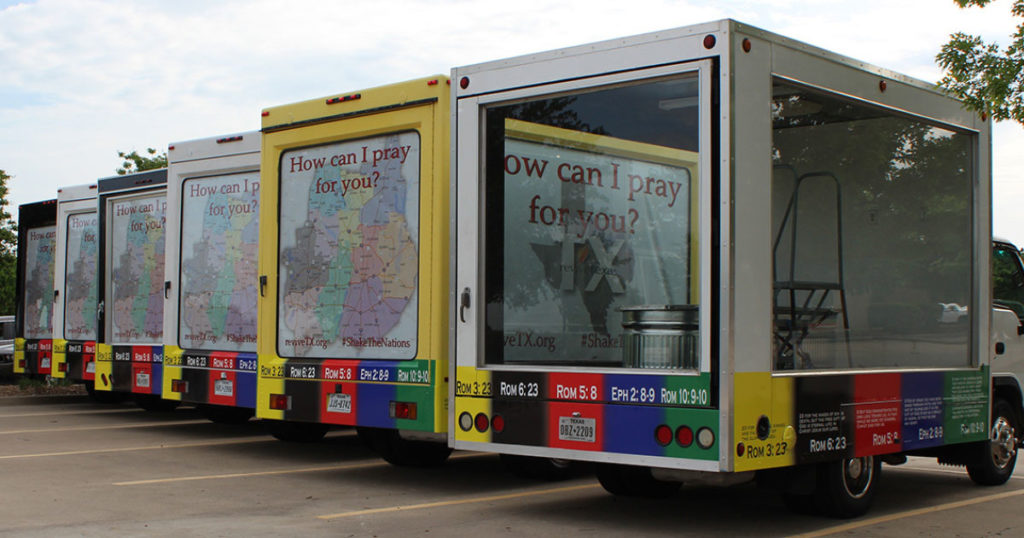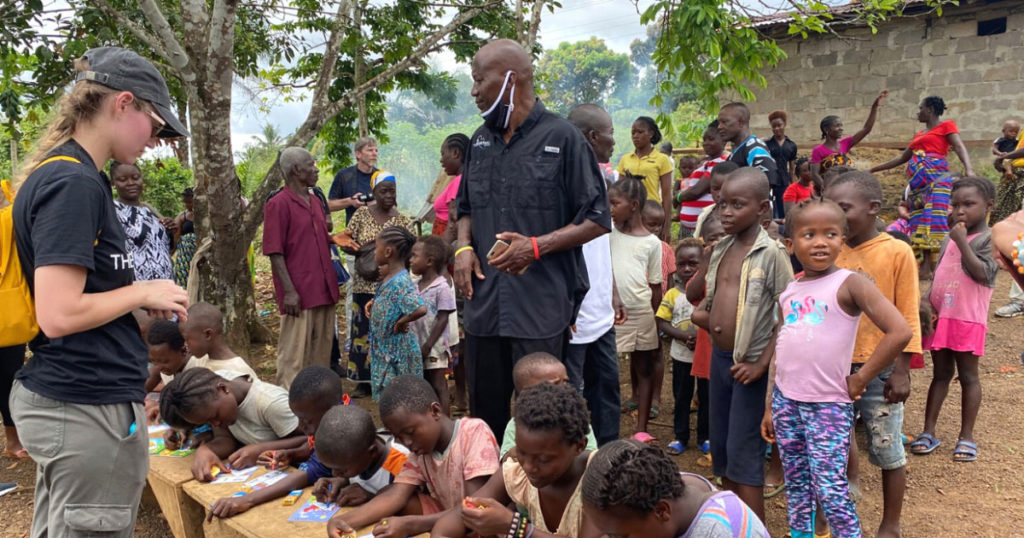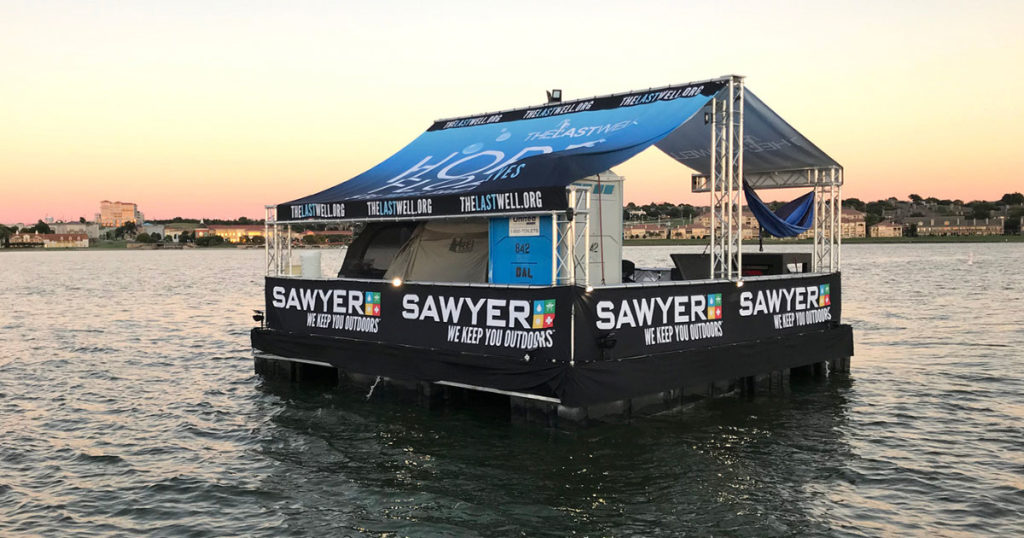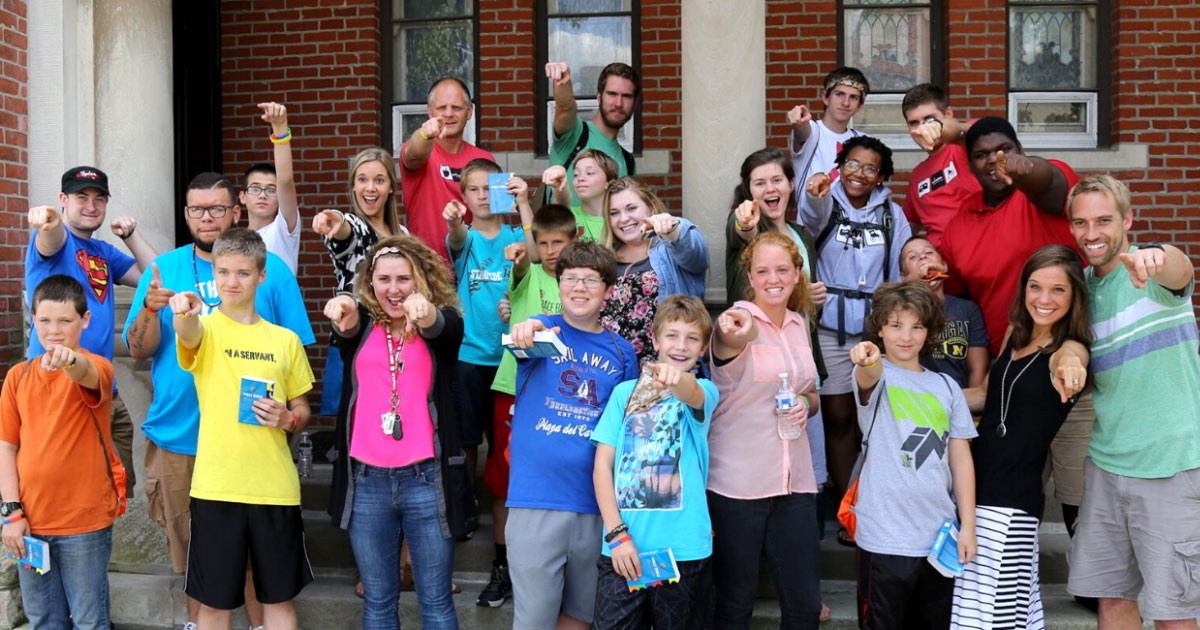Non-profit organizations exist to tangibly benefit the welfare of society. When you think about improving societal welfare, emotions are involved that are accompanied by a deep tie to the issue being addressed and improved. Within non-profit marketing, you will see content using compelling mission stories, social media engagement, fundraising events, and donor newsletters. What if there was a way to engage people with your non-profit’s cause? What if there was some way to “walk a mile in someone else’s shoes,” so to speak? The way to connect the cause of your non-profit to the hearts of people is called experiential marketing (XM).

Did you know experiential marketing and non-profit marketing are pretty similar? Here are THREE parallels between the strategies used in experiential marketing and non-profit marketing: emotional connection, actionable steps, and relational equity. Let me explain!
Emotional Connection
Experiential marketing provides a bridge between the brand and its audience. XM allows the consumer to experience their favorite brands in a new way. One of the effects is an emotional connection between the brand and its target audience, which cultivates brand loyalty. So, imagine the “brand” is a non-profit organization. Let’s set the stage! Your non-profit is centered around bringing clean drinking water to a third-world country. As the founder, you have had the opportunity to visit this country, put your feet in the dirt and see the poverty and lack of clean water with your own eyes. You were impacted emotionally by the hardships this country faces due to a lack of water. You’re back in the States now and struggling to gain traction within your non-profit because people may understand the vision, but they don’t feel it. [Insert experiential marketing!] You’ve found a way to connect the dots! You create an experience through a glass box truck or a storage container that has been transformed into a picture of the third-world country you had the opportunity to see for yourself. You have the filtration system you are raising funds for at the center of the activation so people can see yucky water turn to healthy, drinkable water. People see it! Once they leave the experience, they feel like they were right alongside you, seeing the poverty and lack of clean water with their eyes. You have created an emotional connection to your non-profit, which ultimately makes the world better by providing clean drinking water to a third-world country!

Actionable Steps
Now, you have created an emotional experience for people to connect to your cause. Another parallel between XM and non-profit marketing is the need to develop actionable steps! Once people see the third-world experience created through XM, you need them to take action. You need to get filtration systems into the third-world country. This requires funds, time, and people to pull it off. With experiential marketing, you inspire people to take steps of action. This is the same goal in a traditional campaign as in a non-profit case. You want people invested in the cause you are promoting. They need to be supported because people need clean drinking water! Creating an experience where people can step into a third-world country from their city translates to steps of action. When people are inspired and invested, the world begins to change. This could look like a wall of your marketing experience, having a “What next?” panel with a TV screen showing what a partner’s contribution could do. Experiential marketing is the perfect route to inspire action in people’s hearts. When people are emotionally connected and inspired to act, change happens.

Relational Equity
Your target audience will be drawn to your XM activation. You’ll have like-minded people gathering in the same place. The change will happen because your target audience is meeting face to face! At its core, XM brings people together. The purpose is to connect people through their favorite brands, hobbies, and interests. An experiential marketing event for your non-profit creates an opportunity to sow into people’s lives and form relationships. Experiential marketing utilizes in-person activations to bring people together and build relational equity for that brand. After people visit an activation, they have a positive experience to share with others. The brand is creating relational equity. In the same way, non-profits use fundraisers, galas, informational meetings, and all kinds of outreach to cultivate relationships. XM only kickstarts this goal.

Now you know three parallels between experiential marketing and non-profit marketing. Experiential marketing can even boost a non-profit to reach its goals faster. In the case of the Last Well, an experiential marketing campaign brought awareness to the cause. In the middle of Lake Ray Hubbard, a branded barge floated on the lake until the founder, Todd Phillips, raised $2 million. Now, this is a wow-factor experience that turned heads! Through this unique experience, the non-profit raised $2 million. It continued its mission of bringing clean water to countries in need.



